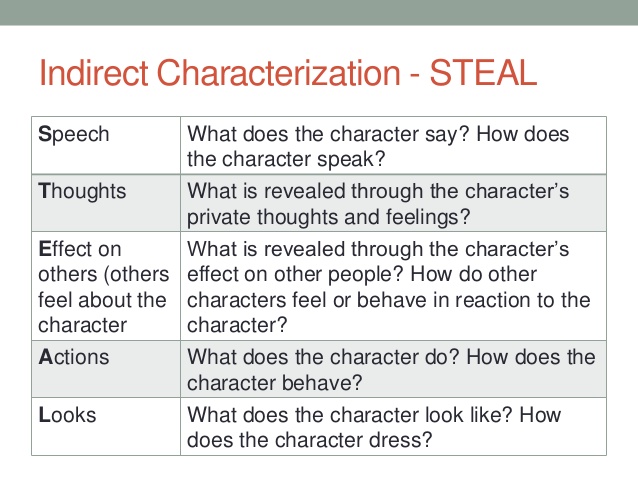
Since the 1990s, Brazil adopted a set of innovation policies explicitly focused on the industrial sector. Background: innovation policies and innovation indicators in Brazil To support this proposition, a set of data and arguments are systematized in this paper.
INMR ACRONYM FULL
The basic argument of this work – which is detailed in Section 3 – is that a “messy dissensus” creates institutional obstacles to the full effectiveness of consensual innovation policies. This institutional framework includes not only the formal and legal rules but also informal social norms that govern individual behavior and structure social interactions. It is argued that these obstacles have less to do with the innovation policies themselves and more to do with their detachment from the institutional framework used to implement them. In this work, however, the focus is on the obstacles that undermine the potential of science, technology and innovation (ST&I) policies to contribute more effectively to the improvement of the Brazilian innovation indicators. However, the spread of the innovation policies focused on the industrial sector and the positive economic environment created the expectation of an improvement in the indicators which in fact did not happen.

Given their structural and systemic nature, these factors do not change abruptly. The relatively low exposure of the Brazilian firms to international competition. In the Brazilian case, in addition to the policies, there is evidence that the relatively low technological efforts of the industrial sector are associated to the following structural and systemic factors: Obviously, public policies are not the only factor that explains the behavior of innovation indicators. When compared to a set of selected countries used as reference, the relatively poor results obtained in Brazil suggest some kind of “red queen race”, which refers to a quotation extracted from Lewis Carroll’s Through the Looking-Glass. However, as shown in Section 2 of this work, in spite of some advances, results somehow frustrated the expectations. Issued by the Brazilian Institute of Geography and Statistics (IBGE) according to the Organization for Economic Co-operation and Development ( OECD, 2005) guidelines, the last edition of the survey covers the period between 20. The spread of innovation policies focused on the industrial sector and the relatively high rates of growth of the gross domestic product (GDP) in the period before 2014 contributed to create an expectation that a leap in the innovation indicators would show up in the results of the last edition of the Brazilian Innovation Survey (PINTEC). This essentially consensual perception led to the adoption, since the 1990s, of innovation policies explicitly focused on the industrial sector. That kind of perception relied on the fact that Brazil had managed to catch up in scientific production but failed to increase its technological production significantly. In Brazil, since the 1990s, the recurrent comparisons between the local economy and the fast growing Asian ones – especially South Korea – led to the crystallization of the perception that it would be necessary to provide more incentives for innovation in the industrial sector. Furthermore, conflicts usually observed between employers and employees are hardly observed in this case.

In fact, innovation policies have been considered very important not only by politicians and bureaucrats but also by society as a whole, including, obviously, academic communities and business associations. Unlike the macroeconomic prescriptions – which are frequently subject to irreconcilable divergences – innovation policies form a kind of “misty consensus”, as antagonists to their adoption are hardly found. The wide acknowledgement of the association between innovation and economic and social development has been motivating a growing presence of this subject in the public policies worldwide agenda during recent decades. The full terms of this licence may be seen at Anyone may reproduce, distribute, translate and create derivative works of this article (for both commercial and non-commercial purposes), subject to full attribution to the original publication and authors. This article is published under the Creative Commons Attribution (CC BY 4.0) licence. Published in Innovation & Management Review.

Copyright © 2018, Luiz Ricardo Cavalcante.


 0 kommentar(er)
0 kommentar(er)
